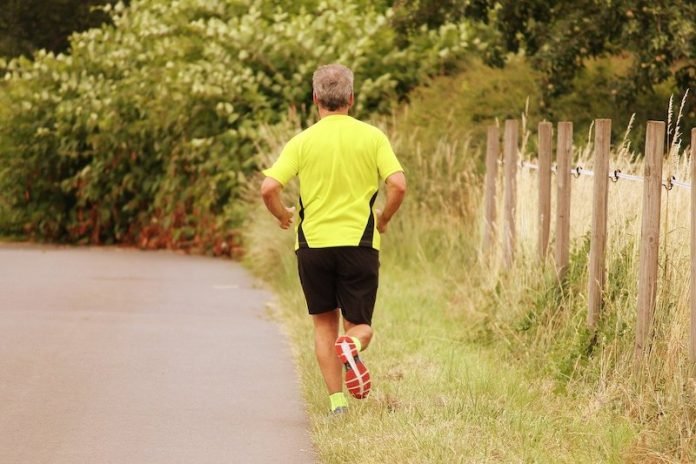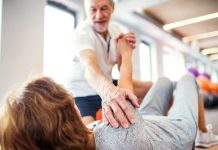
In a new study, researchers found that five years of high-intensity interval training increased quality of life, improved fitness and might very well have extended the lives of participants in the Generation 100 study.
The Generation 100 study aimed to answer the question: Can exercise really give older people a longer and healthier life?
The scientists found that exercise in general seems to be good for the health of the elderly. On top of that, training regularly at high intensity has an extra positive effect.
The research was conducted by a team at the Norwegian University of Science and Technology.
In the study, all participants were divided into three different training groups when the study started in 2012.
One group was assigned to do high-intensity training intervals according to the 4×4 method twice a week, while group two was instructed to train at a steady, moderate-intensity for 50 minutes two days a week.
The participants could choose whether they wanted to train on their own or participate in group training with instructors.
The third group—the control group—was advised to exercise according to the Norwegian health authorities’ recommendations.
This group was not offered organized training under the auspices of Generation 100, but was called in for regular health checks and fitness assessments.
The team found both physical and mental quality of life was better in the high-intensity group after five years than in the other two groups.
High-intensity interval training also had the greatest positive effect on fitness.
But does this kind of exercise prolong life to a greater extent than moderate exercise?
The team also found in the interval training group, 3% of the participants had died after five years. The percentage was 6% in the moderate group.
The trend is so clear that scientists believe the results give good reason to recommend high-intensity training for the elderly.
Another recent study examined 1500 healthy men and women who tested their fitness level twice, at ten years apart.
It found that age has the least effect on fitness level for people who exercise regularly at high intensity.
This group had a drop in the fitness of 5% over ten years. By comparison, fitness levels dropped by 9% for individuals who exercised regularly but not at high intensity.
Those who were physically inactive lost as much as 16% of their physical conditioning for over ten years.
The decline in fitness was greater among the elderly than in younger people.
Those who maintained their conditioning best also had the healthiest states when it came to risk factors for lifestyle diseases and poor health.
The researchers believe that the results of this study support the most important findings in the Generation 100 study.
Better fitness is closely linked to a lower risk of premature death, so this improvement may explain why the high-intensity group apparently had the best survival rate.
One author of the study is Dorthe Stensvold, a professor in the Cardiac Exercise Research Group.
The study is published in BMJ.
Copyright © 2020 Knowridge Science Report. All rights reserved.



